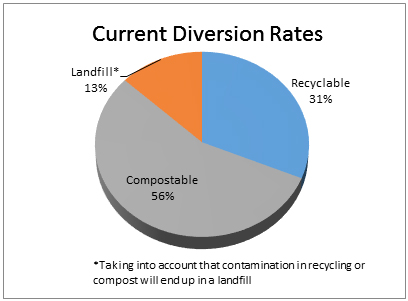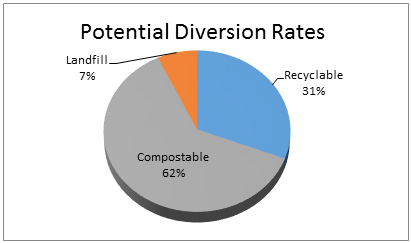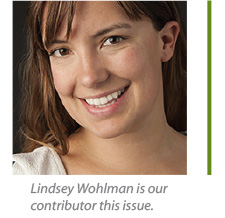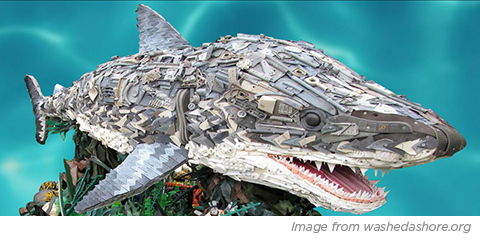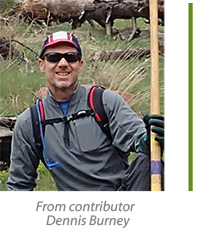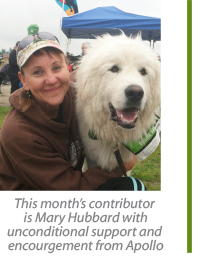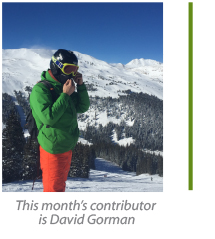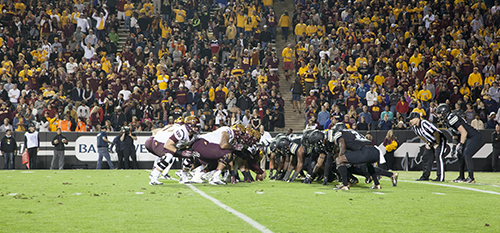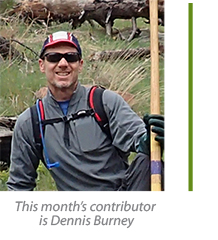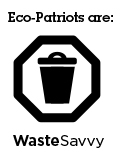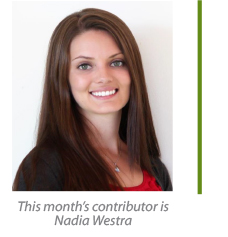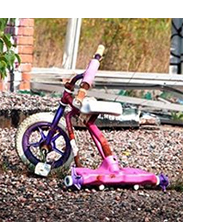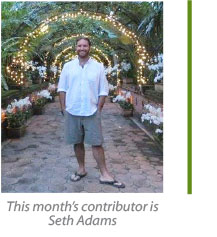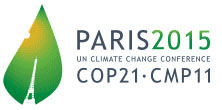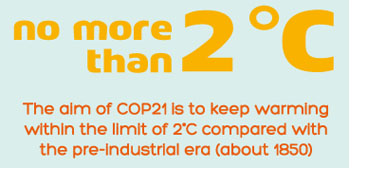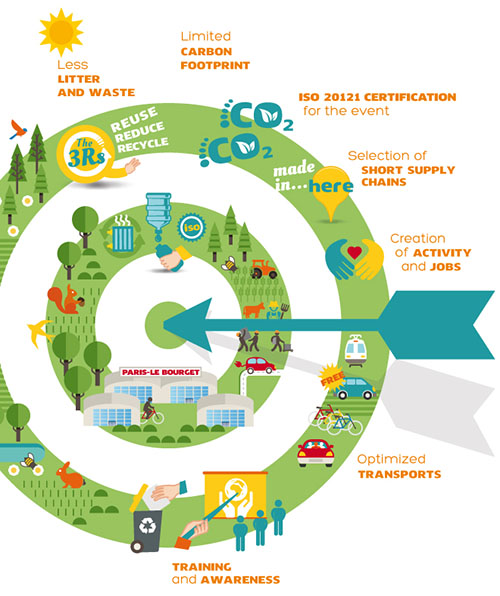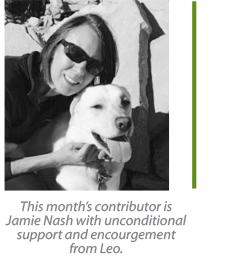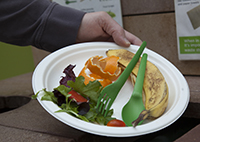[et_pb_section fb_built=”1″ _builder_version=”4.10.7″ background_image=”https://squadblog.ecoproducts.com/wp-content/uploads/2021/09/Eco-Products_Topo_lightbackground-1.jpg” background_size=”initial” background_repeat=”repeat” module_alignment=”center” custom_margin=”||||false|false” custom_padding=”0px|0px||0px|false|false” hover_enabled=”0″ global_colors_info=”{}” background__hover_enabled=”off|desktop” sticky_enabled=”0″][et_pb_row column_structure=”1_3,1_3,1_3″ _builder_version=”4.10.7″ _module_preset=”default” background_image=”https://squadblog.ecoproducts.com/wp-content/uploads/2021/09/Header_ArtBar.png” background_size=”initial” background_position=”top_left” global_colors_info=”{}”][et_pb_column type=”1_3″ _builder_version=”4.10.7″ _module_preset=”default” global_colors_info=”{}”][et_pb_image src=”https://squadblog.ecoproducts.com/wp-content/uploads/2021/09/Dish_logo_blog.png” title_text=”Dish_logo_blog” _builder_version=”4.10.7″ _module_preset=”default” custom_margin=”0px||||false|false” global_colors_info=”{}”][/et_pb_image][/et_pb_column][et_pb_column type=”1_3″ _builder_version=”4.10.7″ _module_preset=”default” global_colors_info=”{}”][/et_pb_column][et_pb_column type=”1_3″ _builder_version=”4.10.7″ _module_preset=”default” global_colors_info=”{}”][et_pb_text _builder_version=”4.10.7″ _module_preset=”default” text_font_size=”18px” header_text_align=”right” text_orientation=”right” custom_margin=”|||80px||” custom_padding=”|40px|2px||false|false” global_colors_info=”{}”]
Serving Up Delicious Eco-Products News
[/et_pb_text][/et_pb_column][/et_pb_row][et_pb_row column_structure=”2_3,1_3″ _builder_version=”4.10.7″ _module_preset=”default” background_color=”RGBA(0,0,0,0)” min_height=”313px” hover_enabled=”0″ global_colors_info=”{}” sticky_enabled=”0″][et_pb_column type=”2_3″ _builder_version=”4.10.7″ _module_preset=”default” global_colors_info=”{}”][et_pb_blog posts_number=”1″ show_content=”on” show_pagination=”off” _builder_version=”4.10.7″ _module_preset=”default” background_color=”#FFFFFF” custom_margin=”||||false|false” custom_padding=”20px|20px||20px|false|false” hover_enabled=”0″ border_radii_fullwidth=”off||||” box_shadow_style=”preset1″ global_module=”576″ saved_tabs=”all” global_colors_info=”{}” sticky_enabled=”0″][/et_pb_blog][et_pb_blog posts_number=”1″ offset_number=”1″ _builder_version=”4.10.7″ _module_preset=”default” background_color=”#FFFFFF” custom_padding=”20px|30px||30px|false|false” box_shadow_style=”preset1″ global_colors_info=”{}”][/et_pb_blog][et_pb_blog posts_number=”1″ offset_number=”2″ _builder_version=”4.10.7″ _module_preset=”default” background_color=”#FFFFFF” custom_padding=”20px|20px||20px|false|false” box_shadow_style=”preset1″ global_colors_info=”{}”][/et_pb_blog][/et_pb_column][et_pb_column type=”1_3″ _builder_version=”4.10.7″ _module_preset=”default” global_colors_info=”{}”][et_pb_image src=”https://squadblog.ecoproducts.com/wp-content/uploads/2021/09/Quotes.png” title_text=”Quotes” _builder_version=”4.10.7″ _module_preset=”default” custom_margin=”||5px||false|false” custom_padding=”|12px||0px|false|false” global_colors_info=”{}”][/et_pb_image][et_pb_text _builder_version=”4.10.7″ _module_preset=”default” custom_margin=”||-10px||false|false” custom_padding=”|||20px|false|false” hover_enabled=”0″ global_colors_info=”{}” sticky_enabled=”0″]
IT’S TIME TO FEED
THE PLANT
[/et_pb_text][et_pb_image src=”https://squadblog.ecoproducts.com/wp-content/uploads/2021/09/Quotes.png” title_text=”Quotes” align=”right” _builder_version=”4.10.7″ _module_preset=”default” custom_margin=”0px||||false|false” custom_padding=”|60px|||false|false” global_colors_info=”{}”][/et_pb_image][et_pb_image src=”https://squadblog.ecoproducts.com/wp-content/uploads/2021/09/PopularTopics.png” title_text=”PopularTopics” _builder_version=”4.10.7″ _module_preset=”default” custom_margin=”||15px||false|false” global_colors_info=”{}”][/et_pb_image][et_pb_text _builder_version=”4.10.7″ _module_preset=”default” text_line_height=”1em” custom_margin=”0px||||false|false” custom_padding=”||4px|||” global_colors_info=”{}”]
[/et_pb_text][et_pb_image src=”https://squadblog.ecoproducts.com/wp-content/uploads/2021/09/Subscribe.png” title_text=”Subscribe” _builder_version=”4.10.7″ _module_preset=”default” custom_margin=”||15px||false|false” global_colors_info=”{}”][/et_pb_image][et_pb_button button_text=”Email Address ” _builder_version=”4.10.7″ _module_preset=”default” custom_button=”on” button_text_size=”14px” button_text_color=”rgba(0,0,0,0.47)” button_bg_color=”#FFFFFF” custom_margin=”||10px||false|false” global_module=”586″ saved_tabs=”all” global_colors_info=”{}”][/et_pb_button][et_pb_button button_text=”First Name” _builder_version=”4.10.7″ _module_preset=”default” custom_button=”on” button_text_size=”14px” button_text_color=”rgba(0,0,0,0.45)” button_bg_color=”#FFFFFF” transform_scale=”122%|100%” transform_scale_linked=”off” transform_origin=”0%|50%” custom_margin=”||10px||false|false” global_colors_info=”{}”][/et_pb_button][et_pb_button button_text=”Last Name” _builder_version=”4.10.7″ _module_preset=”default” custom_button=”on” button_text_size=”14px” button_text_color=”rgba(0,0,0,0.45)” button_bg_color=”#FFFFFF” custom_margin=”||10px||false|false” global_colors_info=”{}”][/et_pb_button][et_pb_button button_text=”Company” _builder_version=”4.10.7″ _module_preset=”default” custom_button=”on” button_text_size=”14px” button_text_color=”rgba(0,0,0,0.45)” button_bg_color=”#FFFFFF” global_colors_info=”{}”][/et_pb_button][et_pb_image src=”https://squadblog.ecoproducts.com/wp-content/uploads/2021/09/Search.png” title_text=”Search” _builder_version=”4.10.7″ _module_preset=”default” custom_margin=”||15px||false|false” global_colors_info=”{}”][/et_pb_image][et_pb_search show_button=”off” placeholder=”Search The Dish Archives” placeholder_color=”rgba(0,0,0,0.45)” _builder_version=”4.10.7″ _module_preset=”default” form_field_background_color=”#FFFFFF” background_color=”#FFFFFF” border_color_all=”rgba(0,0,0,0.45)” global_colors_info=”{}”][/et_pb_search][et_pb_image src=”https://squadblog.ecoproducts.com/wp-content/uploads/2021/09/Recent-Posts.png” title_text=”Recent Posts” _builder_version=”4.10.7″ _module_preset=”default” custom_margin=”||15px||false|false” global_colors_info=”{}”][/et_pb_image][et_pb_blog posts_number=”3″ use_manual_excerpt=”off” excerpt_length=”0″ offset_number=”1″ _builder_version=”4.10.7″ _module_preset=”default” global_colors_info=”{}”][/et_pb_blog][/et_pb_column][/et_pb_row][/et_pb_section][et_pb_section fb_built=”1″ admin_label=”Footer” _builder_version=”4.10.7″ background_image=”https://squadblog.ecoproducts.com/wp-content/uploads/2021/09/Eco-Products_Topo_lightbackground-1.jpg” background_size=”initial” background_repeat=”repeat” custom_padding=”90px||90px|” saved_tabs=”all” global_colors_info=”{}”][et_pb_row column_structure=”1_3,2_3″ use_custom_gutter=”on” gutter_width=”2″ _builder_version=”4.10.7″ background_size=”initial” background_position=”top_left” background_repeat=”repeat” custom_padding=”|||” global_colors_info=”{}”][et_pb_column type=”1_3″ _builder_version=”4.10.7″ background_color=”#ffffff” background_position=”top_left” custom_padding=”50px|40px|50px|40px” box_shadow_style=”preset1″ global_colors_info=”{}” custom_padding__hover=”|||”][et_pb_social_media_follow admin_label=”Facebook” _builder_version=”3.0.87″ text_orientation=”center” custom_margin=”|||” border_radii=”on|100%|100%|100%|100%” link_shape=”circle” global_colors_info=”{}”][et_pb_social_media_follow_network social_network=”facebook” _builder_version=”3.0.78″ background_color=”#c1c1c1″ custom_margin=”|10px||” bg_color=”#3b5998″ global_colors_info=”{}” link_shape=”circle” follow_button=”off” url_new_window=”on”]facebook[/et_pb_social_media_follow_network][et_pb_social_media_follow_network social_network=”twitter” _builder_version=”3.0.78″ background_color=”#c1c1c1″ custom_margin=”|10px||” bg_color=”#00aced” global_colors_info=”{}” link_shape=”circle” follow_button=”off” url_new_window=”on”]twitter[/et_pb_social_media_follow_network][et_pb_social_media_follow_network social_network=”linkedin” _builder_version=”3.0.78″ background_color=”#c1c1c1″ custom_margin=”|0px||” bg_color=”#007bb6″ global_colors_info=”{}” link_shape=”circle” follow_button=”off” url_new_window=”on”]linkedin[/et_pb_social_media_follow_network][/et_pb_social_media_follow][et_pb_social_media_follow _builder_version=”3.0.65″ global_colors_info=”{}”][/et_pb_social_media_follow][/et_pb_column][et_pb_column type=”2_3″ _builder_version=”4.10.7″ background_color=”#ffffff” background_position=”top_left” custom_padding=”50px|40px|50px|40px” box_shadow_style=”preset1″ global_colors_info=”{}” custom_padding__hover=”|||”][et_pb_contact_form captcha=”off” title=”Leave A Message” submit_button_text=”Send Message” module_id=”et_pb_contact_form_1″ _builder_version=”3.23″ form_field_background_color=”rgba(255,255,255,0)” title_font=”Montserrat||||” title_font_size=”22px” custom_button=”on” button_text_size=”18px” button_text_color=”#ffffff” button_bg_color=”#6eba01″ button_border_width=”2px” button_border_color=”#6eba01″ button_border_radius=”0px” button_letter_spacing=”2px” button_font=”Montserrat|||on|” button_use_icon=”off” animation_style=”fold” animation_direction=”bottom” animation_intensity_fold=”20%” border_width_all=”1px” border_color_all=”rgba(0,0,0,0.12)” border_style_all=”solid” use_border_color=”on” border_color=”rgba(0,0,0,0.12)” form_background_color=”rgba(255,255,255,0)” global_colors_info=”{}” button_text_color_hover=”#6eba01″ button_bg_color_hover=”rgba(0,0,0,0)” button_border_color_hover=”#6eba01″ button_border_radius_hover=”0px” button_letter_spacing_hover=”2px”][et_pb_contact_field field_id=”Name” field_title=”Name” fullwidth_field=”on” _builder_version=”3.16″ global_colors_info=”{}” button_text_size__hover_enabled=”off” button_one_text_size__hover_enabled=”off” button_two_text_size__hover_enabled=”off” button_text_color__hover_enabled=”off” button_one_text_color__hover_enabled=”off” button_two_text_color__hover_enabled=”off” button_border_width__hover_enabled=”off” button_one_border_width__hover_enabled=”off” button_two_border_width__hover_enabled=”off” button_border_color__hover_enabled=”off” button_one_border_color__hover_enabled=”off” button_two_border_color__hover_enabled=”off” button_border_radius__hover_enabled=”off” button_one_border_radius__hover_enabled=”off” button_two_border_radius__hover_enabled=”off” button_letter_spacing__hover_enabled=”off” button_one_letter_spacing__hover_enabled=”off” button_two_letter_spacing__hover_enabled=”off” button_bg_color__hover_enabled=”off” button_one_bg_color__hover_enabled=”off” button_two_bg_color__hover_enabled=”off”][/et_pb_contact_field][et_pb_contact_field field_id=”Email” field_title=”Email Address” field_type=”email” fullwidth_field=”on” _builder_version=”3.16″ global_colors_info=”{}” button_text_size__hover_enabled=”off” button_one_text_size__hover_enabled=”off” button_two_text_size__hover_enabled=”off” button_text_color__hover_enabled=”off” button_one_text_color__hover_enabled=”off” button_two_text_color__hover_enabled=”off” button_border_width__hover_enabled=”off” button_one_border_width__hover_enabled=”off” button_two_border_width__hover_enabled=”off” button_border_color__hover_enabled=”off” button_one_border_color__hover_enabled=”off” button_two_border_color__hover_enabled=”off” button_border_radius__hover_enabled=”off” button_one_border_radius__hover_enabled=”off” button_two_border_radius__hover_enabled=”off” button_letter_spacing__hover_enabled=”off” button_one_letter_spacing__hover_enabled=”off” button_two_letter_spacing__hover_enabled=”off” button_bg_color__hover_enabled=”off” button_one_bg_color__hover_enabled=”off” button_two_bg_color__hover_enabled=”off”][/et_pb_contact_field][et_pb_contact_field field_id=”Message” field_title=”Message” field_type=”text” fullwidth_field=”on” _builder_version=”3.16″ global_colors_info=”{}” button_text_size__hover_enabled=”off” button_one_text_size__hover_enabled=”off” button_two_text_size__hover_enabled=”off” button_text_color__hover_enabled=”off” button_one_text_color__hover_enabled=”off” button_two_text_color__hover_enabled=”off” button_border_width__hover_enabled=”off” button_one_border_width__hover_enabled=”off” button_two_border_width__hover_enabled=”off” button_border_color__hover_enabled=”off” button_one_border_color__hover_enabled=”off” button_two_border_color__hover_enabled=”off” button_border_radius__hover_enabled=”off” button_one_border_radius__hover_enabled=”off” button_two_border_radius__hover_enabled=”off” button_letter_spacing__hover_enabled=”off” button_one_letter_spacing__hover_enabled=”off” button_two_letter_spacing__hover_enabled=”off” button_bg_color__hover_enabled=”off” button_one_bg_color__hover_enabled=”off” button_two_bg_color__hover_enabled=”off”][/et_pb_contact_field][/et_pb_contact_form][/et_pb_column][/et_pb_row][/et_pb_section]

